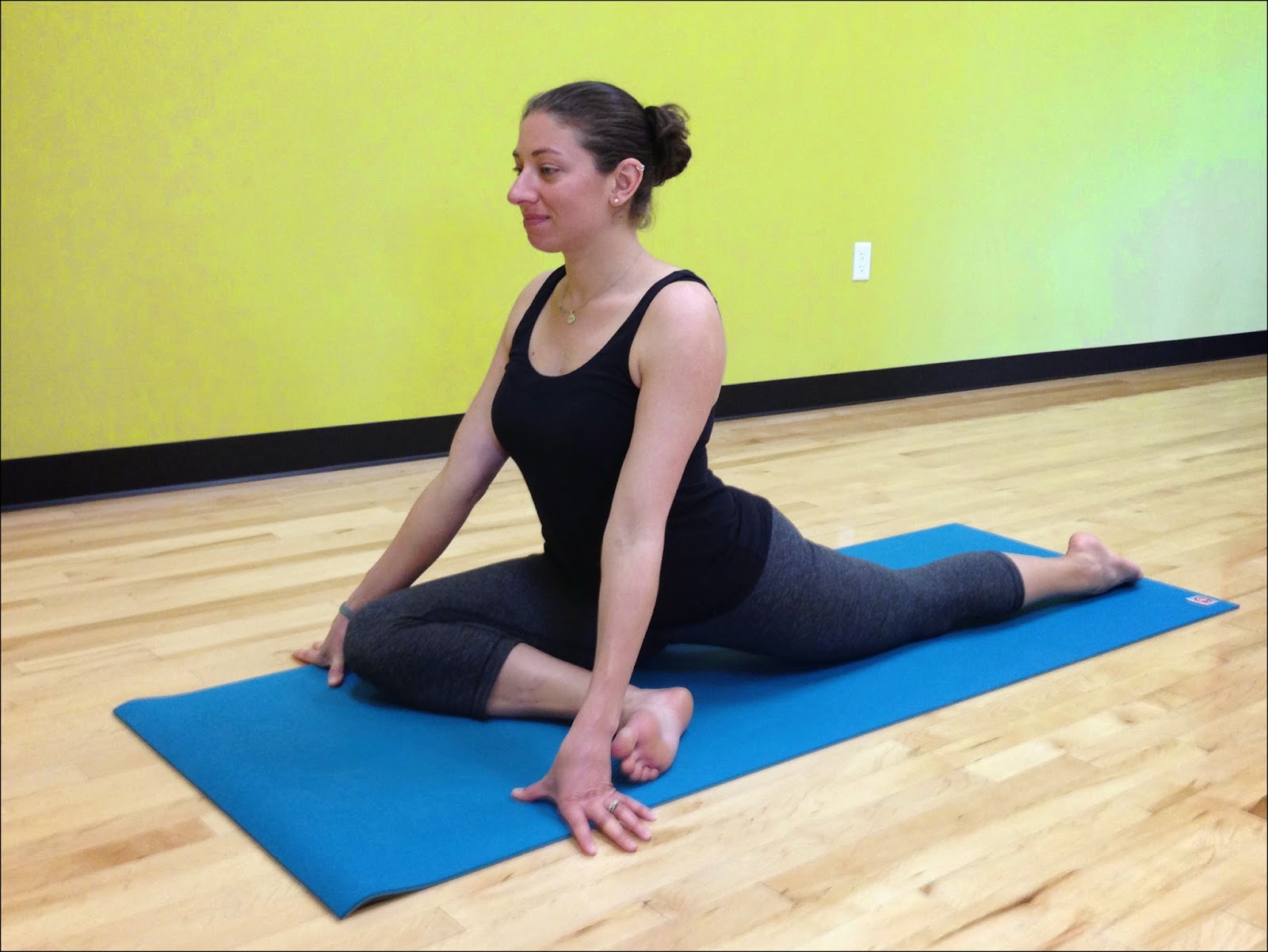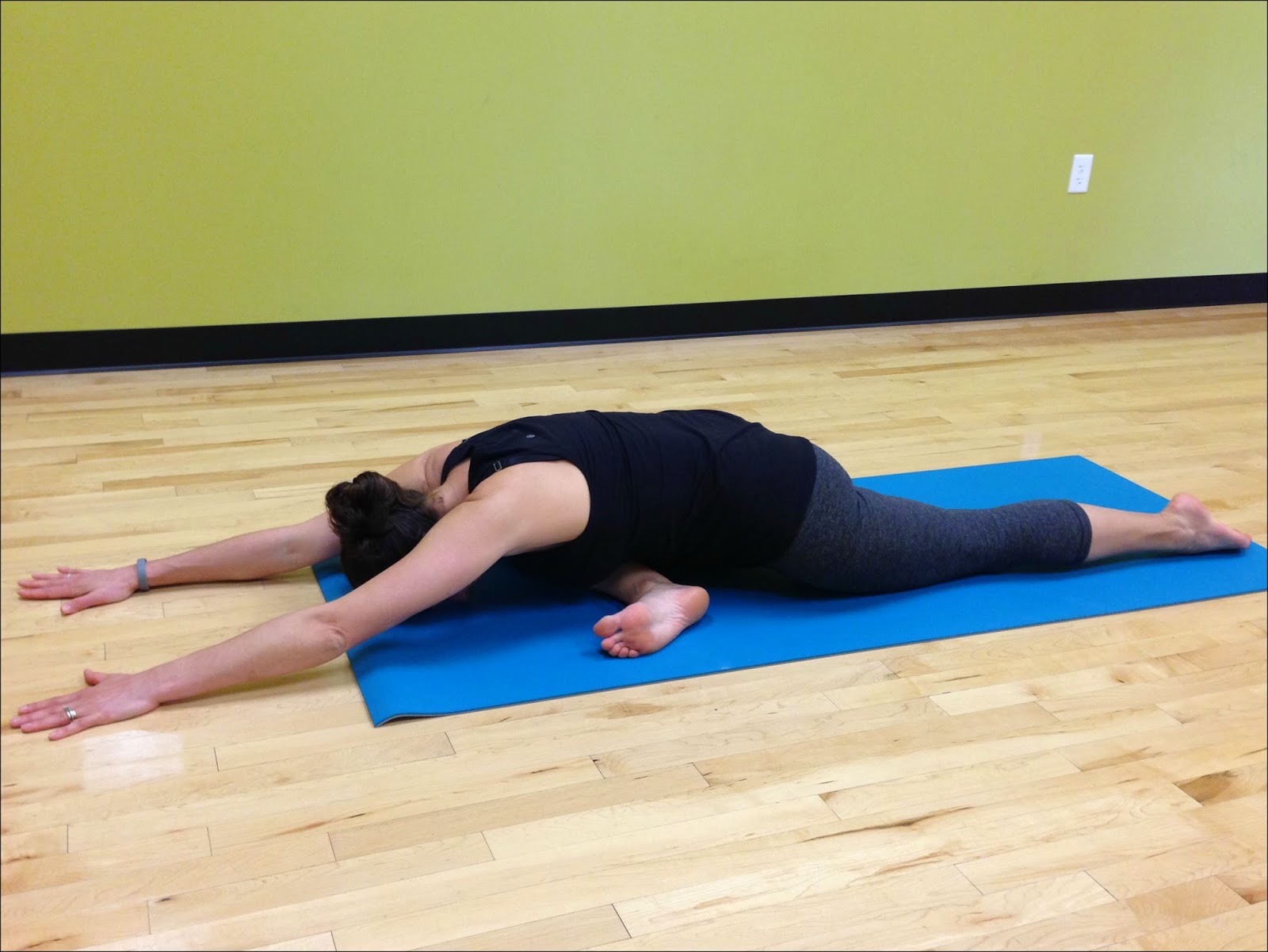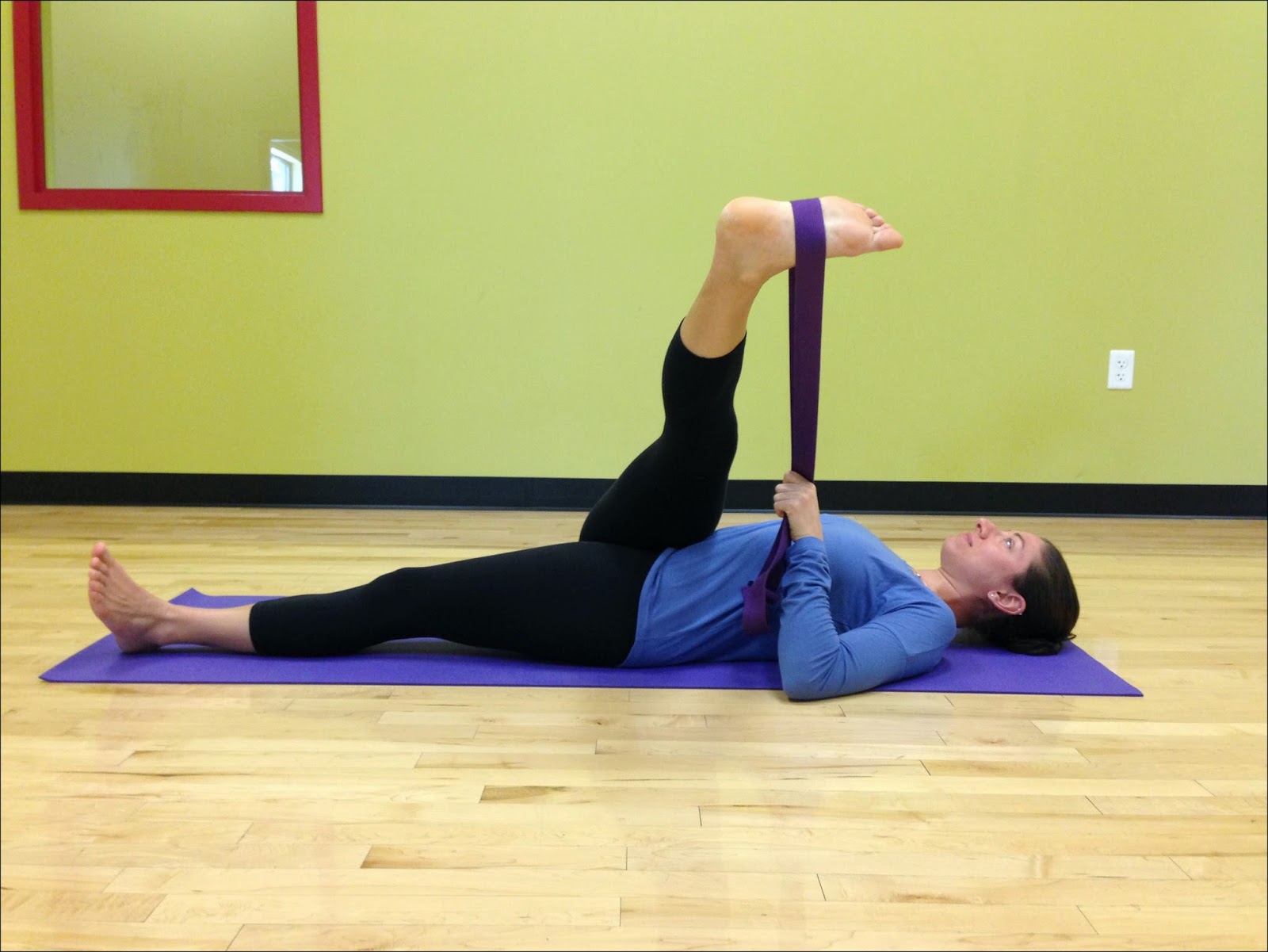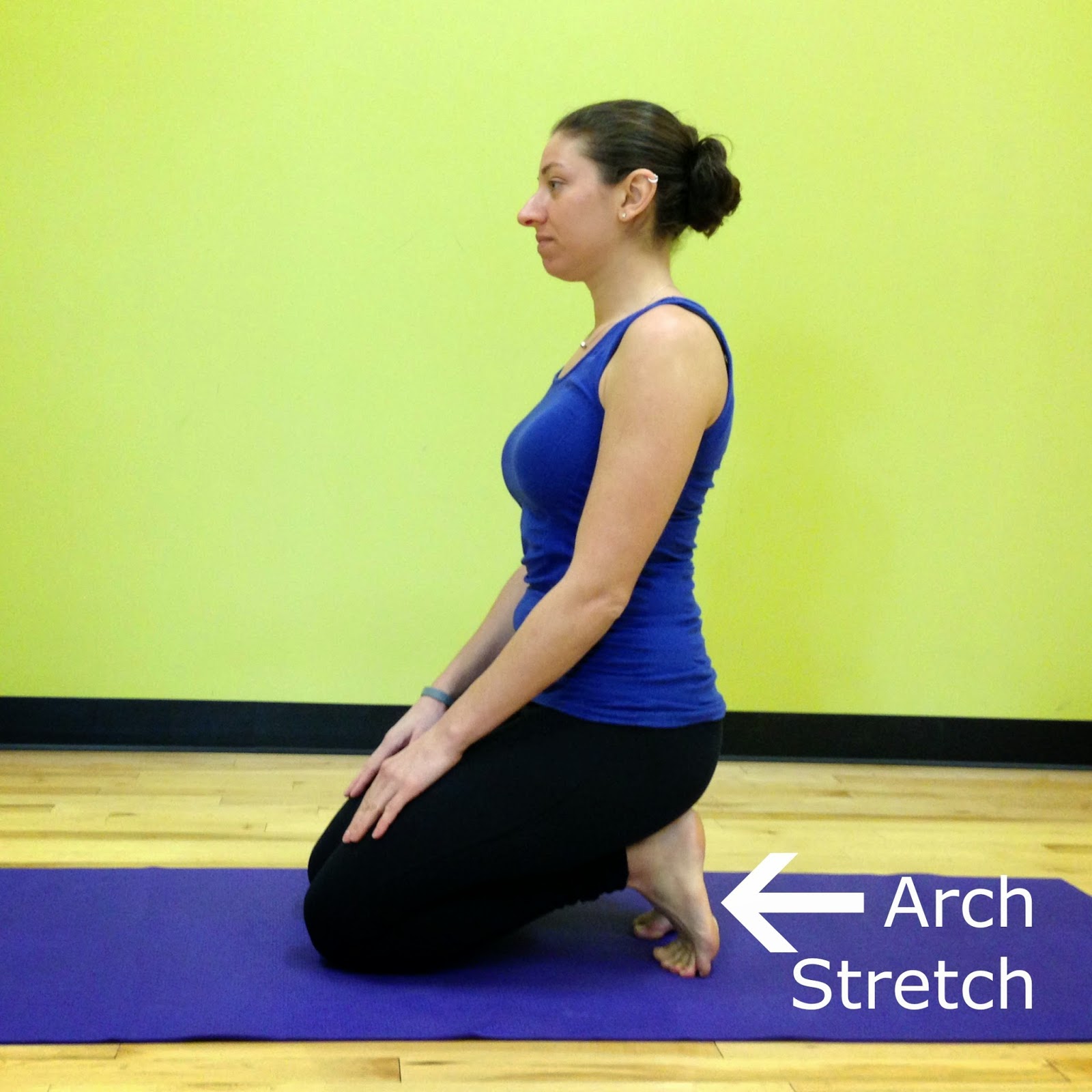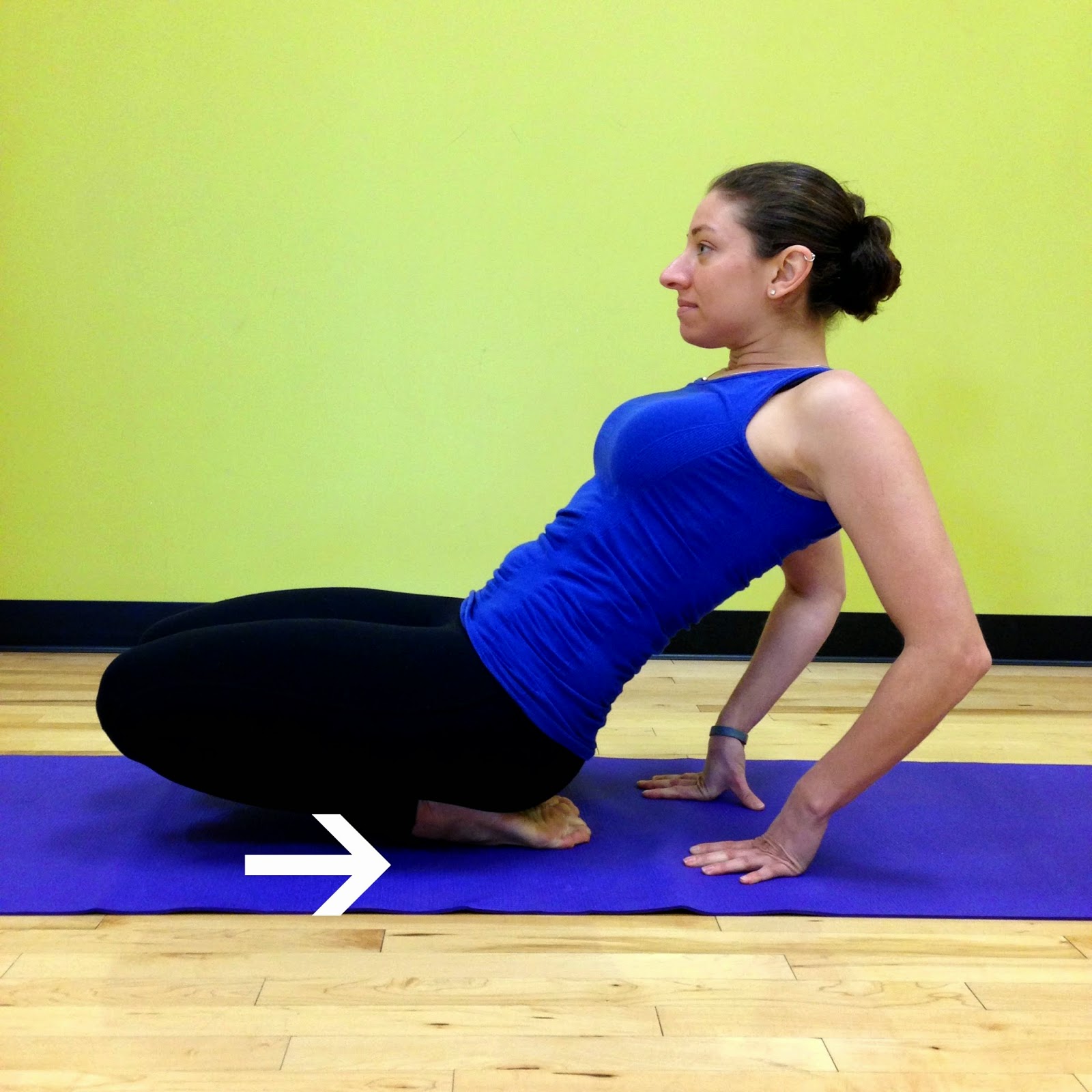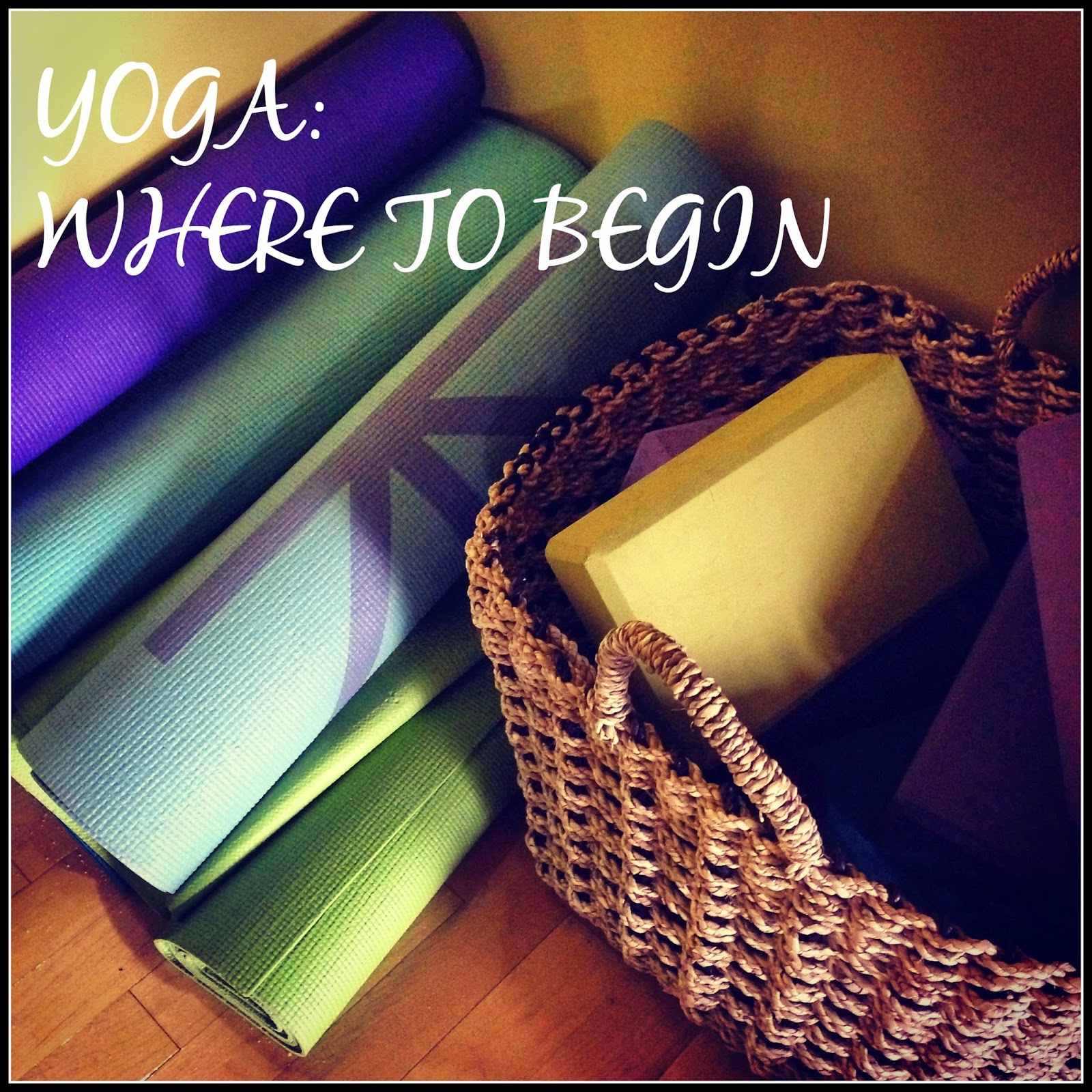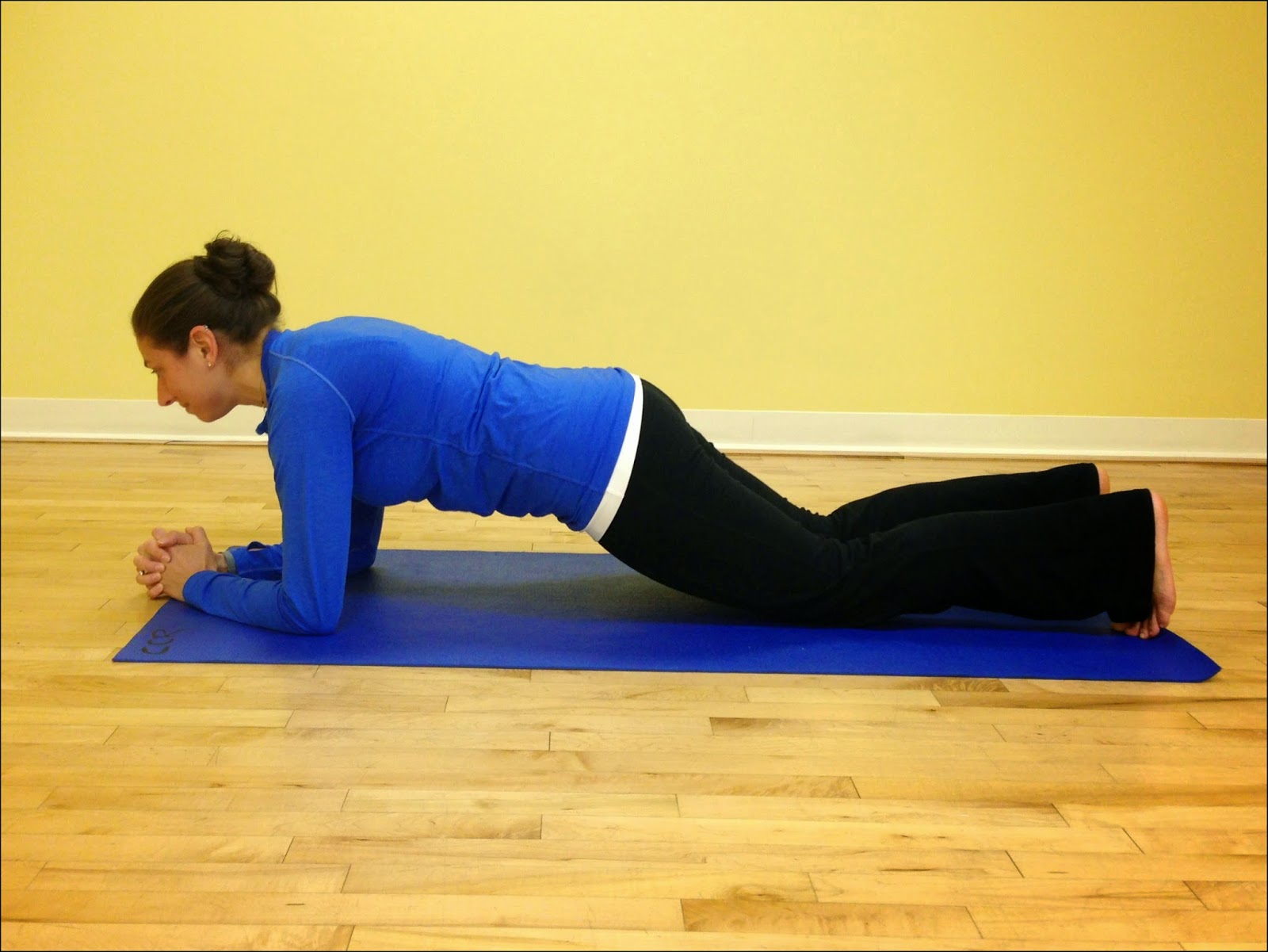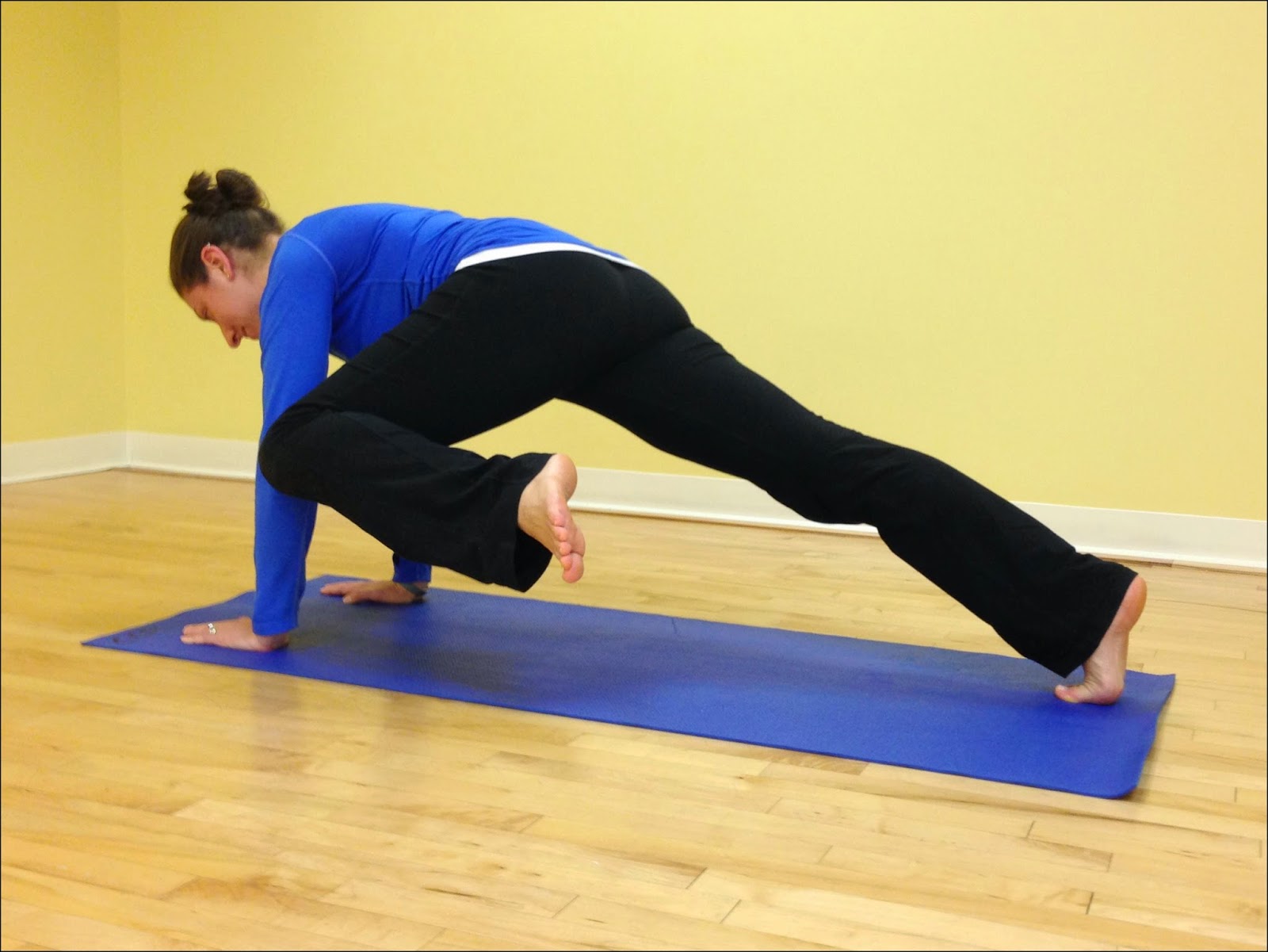Today I thought we’d address some Yoga
Etiquette. Whether you’re thinking about
going to your first class or you’re a veteran yogi hopefully you’ll find some
useful information in today’s post.
Etiquette. Whether you’re thinking about
going to your first class or you’re a veteran yogi hopefully you’ll find some
useful information in today’s post.
Turn off your cell phone
Or better yet, don’t even bring it into the yoga
room! One of the goals of a yoga
practice is to clear your mind and be fully present on your mat -nothing will jar you back to reality like
the ringing of a cell phone!
room! One of the goals of a yoga
practice is to clear your mind and be fully present on your mat -nothing will jar you back to reality like
the ringing of a cell phone!
That being said, teachers will certainly understand
if there is an extenuating circumstance that requires you to have your phone
nearby (a sick child, etc.), just be sure to let the teacher know you are going
to have your phone on your mat on vibrate just in case you’re needed.
if there is an extenuating circumstance that requires you to have your phone
nearby (a sick child, etc.), just be sure to let the teacher know you are going
to have your phone on your mat on vibrate just in case you’re needed.
If you arrive late enter
quietly!
quietly!
Everyone understands life gets
in the way and you may be running a few minutes late – hey, we’re glad you made
it! – but please be considerate and enter the room quietly as to not distract
others from their practice.
in the way and you may be running a few minutes late – hey, we’re glad you made
it! – but please be considerate and enter the room quietly as to not distract
others from their practice.
Also, if you’re more than a few
minutes late be sure to take the time to do a few warm up poses before you jump
in with the rest of the class – running late is no reason to risk injury
because your body wasn’t warmed up properly!
minutes late be sure to take the time to do a few warm up poses before you jump
in with the rest of the class – running late is no reason to risk injury
because your body wasn’t warmed up properly!
When the teachers asks if you
have any injuries tell them!
have any injuries tell them!
I promise you we’re not being
nosey! We learn a lot about anatomy in our training and we’re
knowledgeable as to what poses you should avoid if you are dealing with an
injury – we just want to help you have a healthy and safe yoga practice!
nosey! We learn a lot about anatomy in our training and we’re
knowledgeable as to what poses you should avoid if you are dealing with an
injury – we just want to help you have a healthy and safe yoga practice!
A good yoga teacher will tell
you if there is a pose you should skip, if there is a way to modify it so it
will put less stress on a certain body part, or if there is an alternate pose
you can do instead!
you if there is a pose you should skip, if there is a way to modify it so it
will put less stress on a certain body part, or if there is an alternate pose
you can do instead!
Listen to your body
If your body is telling you that
it needs a break, then by all means, take a break! I promise no one is
going to think you aren’t good at yoga or can’t keep up. And here’s a secret…if you’re just not
feeling a certain pose one day – don’t do it! Really! Feel free to make
your practice your own and skip a pose that may not be working for you for
whatever reason.
it needs a break, then by all means, take a break! I promise no one is
going to think you aren’t good at yoga or can’t keep up. And here’s a secret…if you’re just not
feeling a certain pose one day – don’t do it! Really! Feel free to make
your practice your own and skip a pose that may not be working for you for
whatever reason.
Props and assists aren’t just
for beginners
for beginners
Yoga props and assists from a
teacher aren’t because you can’t do a pose and need “help”.
Props and assists are to help you get the most out of the pose.
Please don’t feel like you’re doing something “wrong” or are
“not good enough” if you use a prop or a teacher comes over and gives
you a gentle hands on assist- in fact I bet most teachers would tell you they
LOVE getting assists during a class, it usually helps you access the pose a
little deeper than you could on your own!
teacher aren’t because you can’t do a pose and need “help”.
Props and assists are to help you get the most out of the pose.
Please don’t feel like you’re doing something “wrong” or are
“not good enough” if you use a prop or a teacher comes over and gives
you a gentle hands on assist- in fact I bet most teachers would tell you they
LOVE getting assists during a class, it usually helps you access the pose a
little deeper than you could on your own!
Don’t give up!
If you go to a yoga class and absolutely
hate it, please don’t give up! There are many different styles of yoga
and many different yoga teachers and you may just not have found the right fit
– I can’t tell you how important it is to find a teacher you connect with!
hate it, please don’t give up! There are many different styles of yoga
and many different yoga teachers and you may just not have found the right fit
– I can’t tell you how important it is to find a teacher you connect with!
See you on the mat!
Danielle
Don’t forget, you can practice with Danielle at
Mashpee Fitness on Monday mornings at 8:30am and Thursday mornings at 7am &
8:30am.
Mashpee Fitness on Monday mornings at 8:30am and Thursday mornings at 7am &
8:30am.
Blog post by Danielle Nardi.

